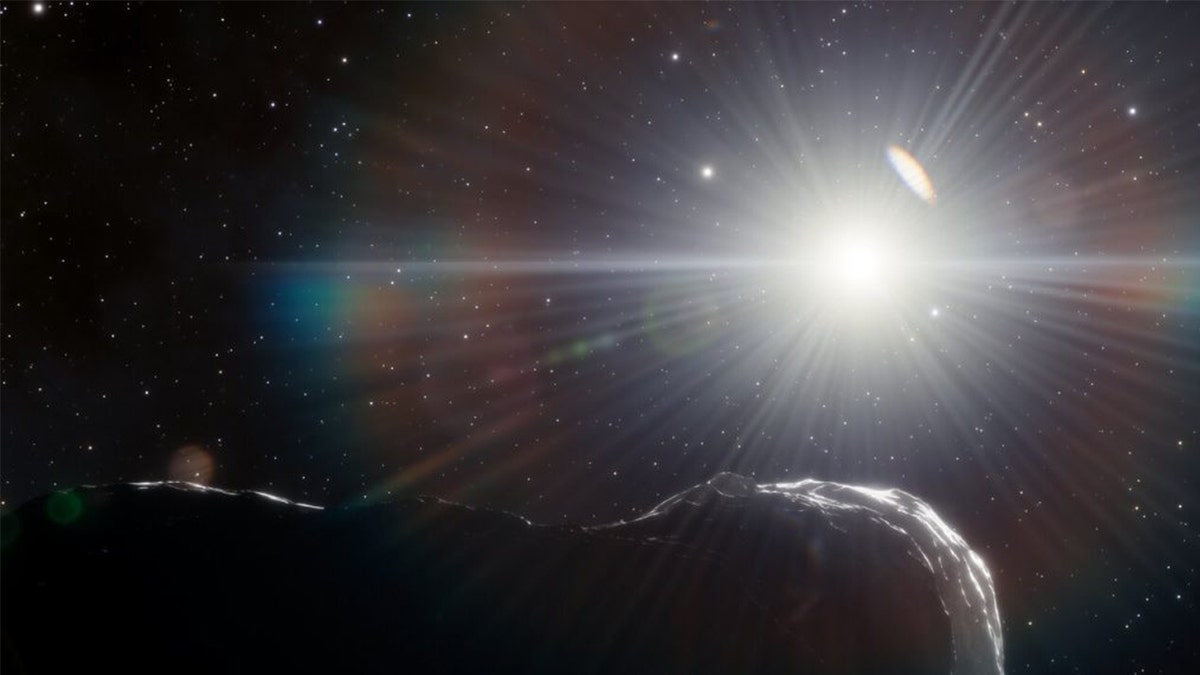NASA captures a 'smiling' sun
NASA shared a video taken by its Solar Dynamic Observatory showing dark patches on the sun, giving the illusion of a smile. (Credit: @NASASun / Twitter)
Astronomers have discovered, hiding in the sun’s glare, a "planet killer" asteroid that could potentially one day hit Earth.
The asteroid, called 2022 AP7, was among three new near-Earth asteroids (NEAs), hiding in the inner solar system, the region within the orbits of Earth and Venus. Astronomers have a particularly tough time finding asteroids in this region because of the intense glare of the sun. Still, they managed to find a trio of NEAs because of the more favorable conditions during a brief window of twilight.

Twilight observations with the U.S. Department of Energy-fabricated Dark Energy Camera. (DOE/FNAL/DECam/CTIO/NOIRLab/NSF/AURA/J. da Silva/Spaceengine)
Of the three NEAs discovered, 2021 LJ4 and 2021 PH27 have orbits that remain interior to Earth’s orbit. 2022 AP7, on the other hand, measuring about 1.5 kilometers wide, has an orbit that may someday place it in Earth’s path, though it’s difficult for scientists to pinpoint exactly when.
"Our twilight survey is scouring the area within the orbits of Earth and Venus for asteroids," said Scott S. Sheppard, an astronomer at the Earth and Planets Laboratory of the Carnegie Institution for Science and the lead author of the paper describing this work.
WEBB SPACE TELESCOPE SNAPS SPOOKY IMAGE OF PILLARS OF CREATION
"So far we have found two large near-Earth asteroids that are about 1 kilometer across, a size that we call ‘planet killers,’" he said.
Sheppard noted that there are likely only a few NEAs of similar size left to find, and that they have orbits that would impact the Earth.
"Only about 25 asteroids with orbits completely within Earth’s orbit have been discovered to date because of the difficulty of observing near the glare of the sun," he said.
Scientists were able to discover the asteroids using a Dark Energy Camera, or a "DECam," mounted on the Víctor M. Blanco 4-meter Telescope at the Cerro Tolo Inter-American Observatory in Chile, a program of the National Science Foundation’s NOIRLab.
CLICK HERE TO GET THE FOX NEWS APP
The findings were published Monday in The Astronomical Journal.











































